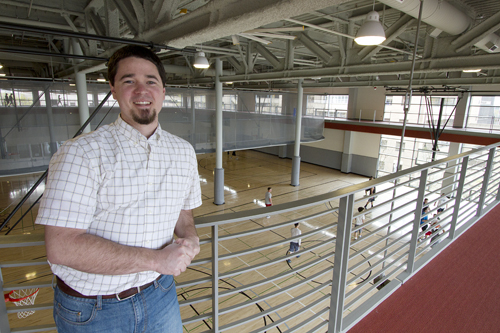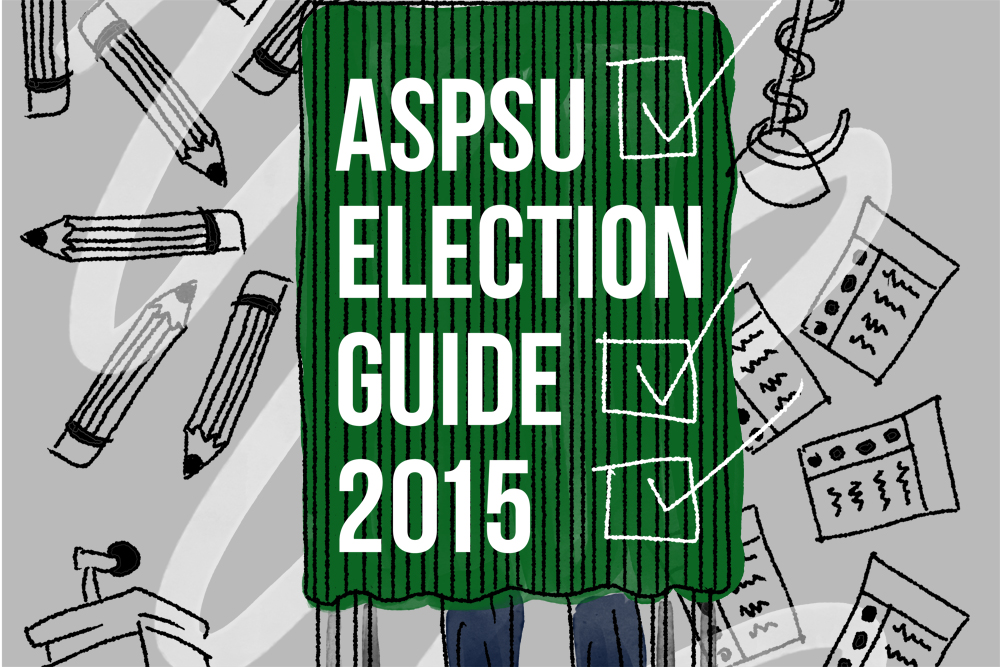Take my WiFi, please
“The term ‘hacker’ originally referred to someone who enjoys exploring, using and creating computer systems,” said Aaron Schwartz, a finalist at the age of 13 for a prize for excellence in building non-commercial Web sites. “Media generally use the term to mean someone who breaks into computer systems without permission. Hackers of the first sense call such people ‘crackers.'”
People buy base stations, which are routed to their Internet connection, so they can surf the web and check e-mail from anywhere in their house or nearby. If the network is open, then other people nearby can access and also get Internet access. By Schwartz’s definition, taking something without permission would not be theft unless its owner were in fact deprived of its use.
The Federal Communications Commission, the government organization which regulates the airwaves, has reserved the frequencies used by wireless networks for public use, meaning that anyone is allowed to broadcast what they like on them and all devices listening to those “stations” must be prepared to receive unexpected interference. Most people with a wireless network pay a fixed rate for Internet access. Thus, it doesn’t cost them anything if others use their signal and is unlikely to harm, or even slow, their system. Advocates assert that sharing with strangers is a generous, not criminal, thing to do.
“I’ll stop mooching off other people’s wireless connection as soon as the 80,000,000 spam companies stop mooching off mine,” a post from a user calling himself Anonymous Hero read. “The idea of warchalking is beautiful, community oriented, not slave-of-the-man oriented.
“It’s sort of disappointing that we have the possibility of providing free Internet access for the entire country, and the first thing people think of is whether it should be considered criminal.”
California penal code 13848-13848.6 was changed to encompass wireless networks and “to provide local law enforcement and district attorneys with the tools necessary to successfully interdict the promulgation of high technology crime.”
Wardriving is accomplished by using a portable computer, wireless card and global positioning system (GPS) to mark the locations of wireless access-points. The FBI claims that using an open 802.11 access point without explicit authorization may be a federal crime (“theft of services, interception of communications, misuse of computing resources, up to and including violations of the Federal Computer Fraud and Abuse Statute, Theft of Trade Secrets”). Warchalking is the practice of marking a series of symbols on sidewalks and walls to indicate nearby wireless access. That way, other computer users can pop open their laptops and connect to the Internet wirelessly. It was inspired by the practice of hobos during the Great Depression to use chalk marks to indicate which homes were friendly.
The Personal Telco Project (personaltelco.net) has steadily grown over the last two years and played an important part in Portland being named “Hottest” in Intel’s first “Most Unwired Cities” survey. “We’re also proud to have helped educate many people as to what this wireless technology is all about, how to set up nodes, and how to configure the equipment,” they state in an addendum to their mission statement.
They offer a unique and fairly comprehensive resource, imaging wireless hotspots as pushpins in a map of the city.
Having trouble logging on? Applications with names like netstumbler and airsnort, called sniffers, can be accessed from wirelessanarchy.com. They give computers a “spidey-sense” for invisible nodes, even enabling visitors to bypass some network encryption.
But even better is the ultimate democratization of the airwaves using tin cans. Expensive computers can be outfitted with crudely-constructed “cantennas” to leach access across greater distances. There are even instruction for how to turn a lightweight Pringles tube into a Wi-Fi dish.




